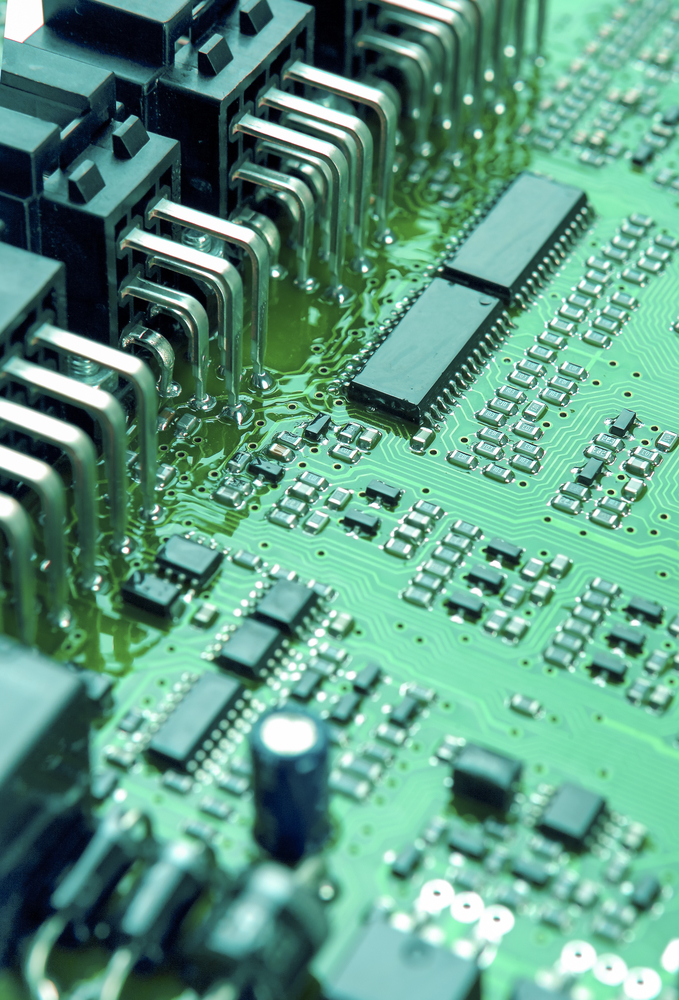Printed circuit boards are all around us. They are tucked inside the computer, tablet, or smart phone you are using right now to read this article. PCBs are in the car you drove to work, the camera that films your favorite sports team, the smart thermostat adjusting the temperature in your home, and even in the talking birthday card you bought for your friend. Almost all electronics and computerized devices that we have come to rely on wouldn’t be possible without the printed circuit board, and the printed circuit board wouldn’t be possible without the innovation and genius of three important men. Here are the three people who helped bring create the printed circuit board.
Albert Hanson
The device that German scientist Albert Hanson created didn’t much resemble the PCBs that we know and use today, but his ideas paved the way for their creation. In 1903, Hanson filed a patent for a device that was meant to improve telephone exchange boards. This primitive circuit board included wires attached to conductive pieces and bonded to a flat surface. This very basic device did include some precursors to our modern-day PCBs, including a simple type of through-hole construction and conductors on both sides of the device.
Charles Ducas
American inventor Charles Ducas took the next step on the road to PCBs in 1927 when he used a stencil to print wires directly on a board and applied ink to conduct electricity. This concept put an electronic path onto an insulated surface, creating a device that is much more recognizable as a printed circuit board. Ducas also mused about the possibility of connecting multiple boards to create a multilayered circuit board. It would take another great mind to take Ducas’s ideas and turn them into reality.
Paul Eisler
Paul Eisler is widely credited with inventing the printed circuit board as we know it today. After fleeing Austria in the runup to World War II, Eisler settled in England. Using his background in the printing industry, Eisler came up with the idea of printing electronic circuits to boards. This was a big step forward from the current labor-intensive practice of hand-soldering each wire to the board. Eisler’s invention helped his adopted country. One of the first uses of his PCBs were in radio sets used by the British and Americans during World War II.
At Yun Industrial Acme PCB Assembly, our industry is made possible by Albert Hanson, Charles Ducas, and Paul Eisler. The next time you send a text, sit down to watch TV, or jump in your car, spare a thought for these underappreciated historical figures and their great achievements that help make our lives better every day.

